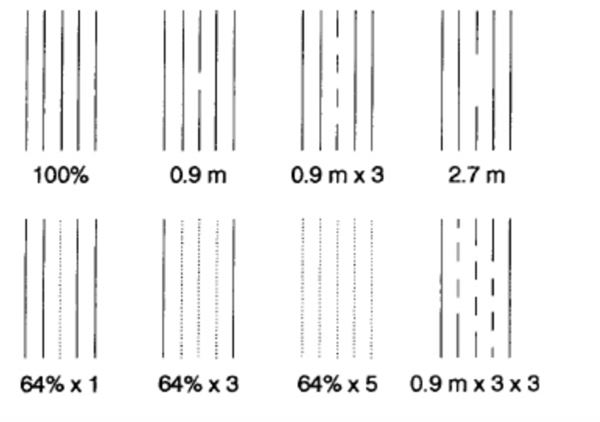Sorghum's Ability To Compensate For Poor Stand
BRENT BEAN
LUBBOCK, TEXAS
When to replant a crop is one of the more difficult decisions growers must make. Fortunately, sorghum can compensate for poor initial stands or for early season losses of plants due to hail or other adverse environmental or cultural events. Sorghum compensates for stand reduction by increased tillering, increasing the number of seeds per head and increasing seed weight.

An informative study on sorghum's ability to compensate for stand reduction was conducted by Dr. Erick Larson, Mississippi State corn and sorghum specialist, while he was a graduate student at Kansas State University. Larson conducted dryland studies over a two-year span at two locations with historically different rainfall amounts. He examined two hybrids: one with a high-tillering ability and one with a low-tillering ability. The control plant populations were 32,000 and 50,000 plants per acre, depending on the location, planted on 30-inch rows. After emergence, the plants were systematically thinned to simulate stand reductions.
Interestingly, there was no difference between the high- and low-tillering hybrids in their ability to compensate for yield. However, the ability to both increase the number of seeds per head and increase seed weight were important in compensating for yield. As long as the adjacent rows remained intact, it took a 9-foot skip within a row to reduce yield by 5.1 percent. Similarly, 36-percent uniform plant reduction only reduced yield by 6.9 percent, and multiple 3-foot skips in adjacent rows only reduced yield by 10.9 percent. In summary, yield reduction in sorghum is likely only where plant stand reduction is severe, with long, in-row skips or multiple smaller skips in adjacent rows. ∆
BRENT BEAN: USCP Agronomist

These graphic representations show the study's stand reduction and skip-pattern
configurations. Researchers harvested the middle three rows to determine yield.
(E. Larson and R. Vanderlip. Agron J. 86: 476.)